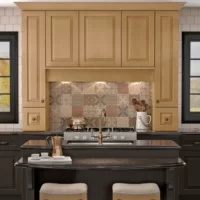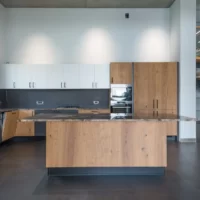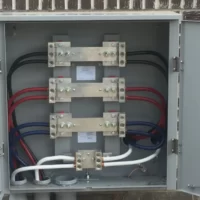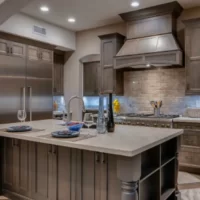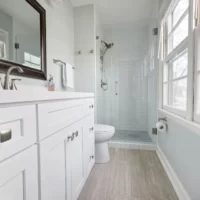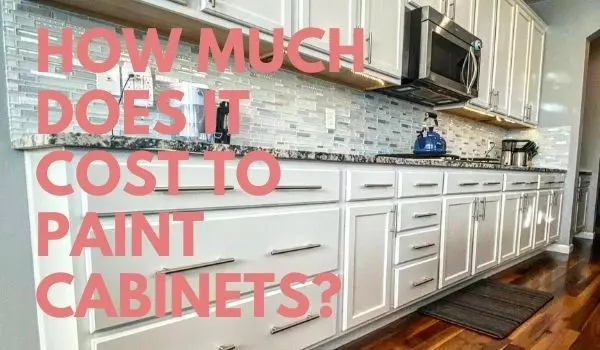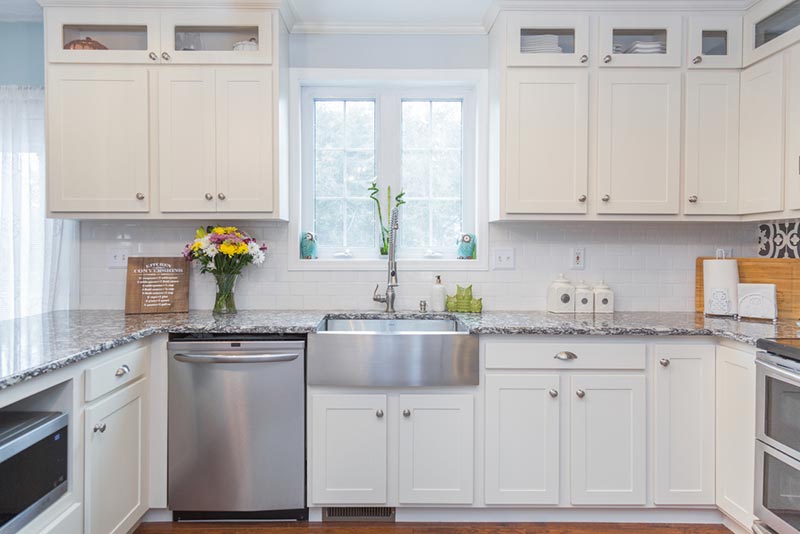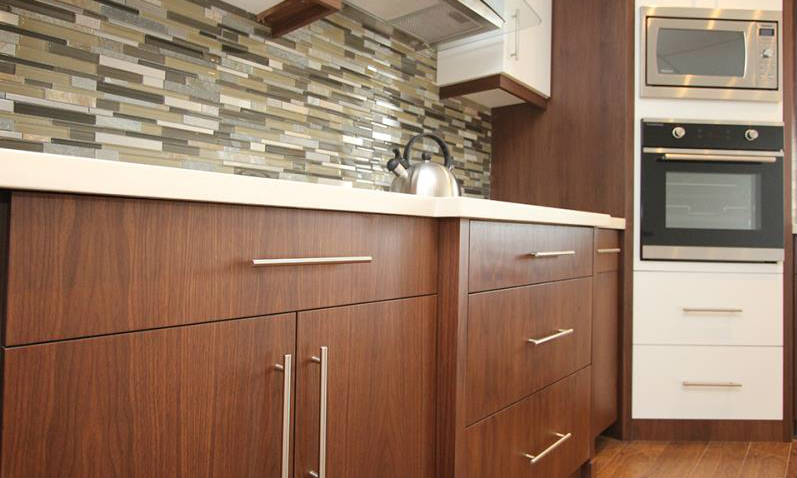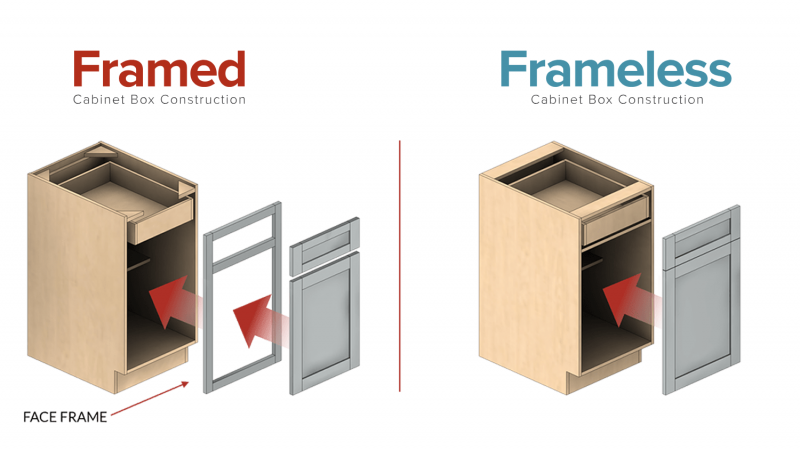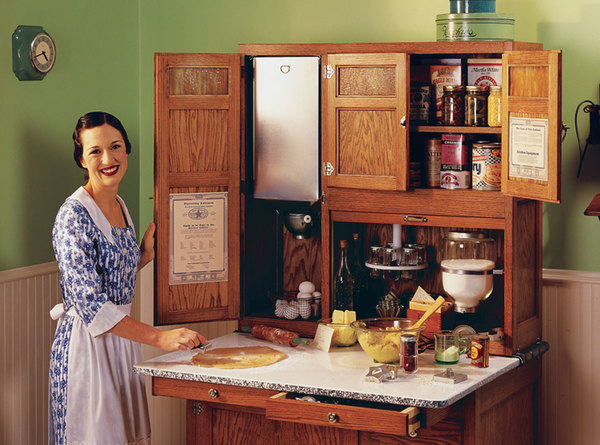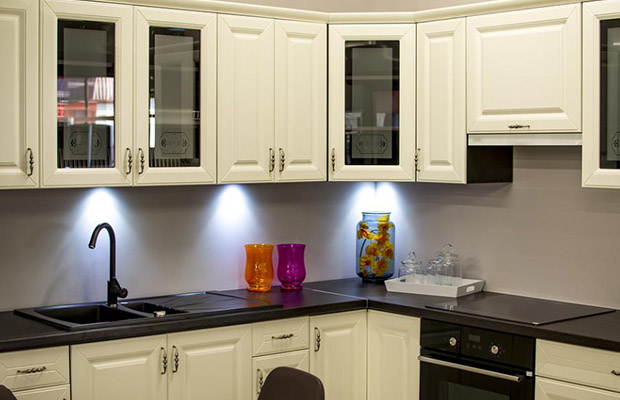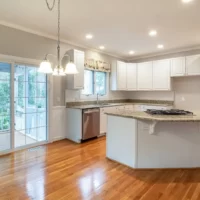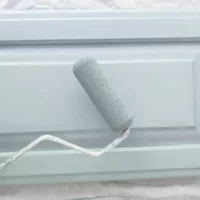You can save money and the time it takes to have contractors in your home by performing the majority of the kitchen cabinet removal as a do-it-yourself project.
You can save money or even make money if you know how to remove kitchen cabinets without harming them. Prepare the space by emptying all of the cabinets as soon as possible. This entails emptying all of your pantries, larders, pull-outs, pans, pots, pans, cooking utensils, cutlery, glassware, and dishes from the base and wall cabinets as well as pantries and wall units.
Kitchen cabinet removal is frequently quite simple. With expert advice and step-by-step instructions, our guide will teach you everything you need to know about removing kitchen cabinets.
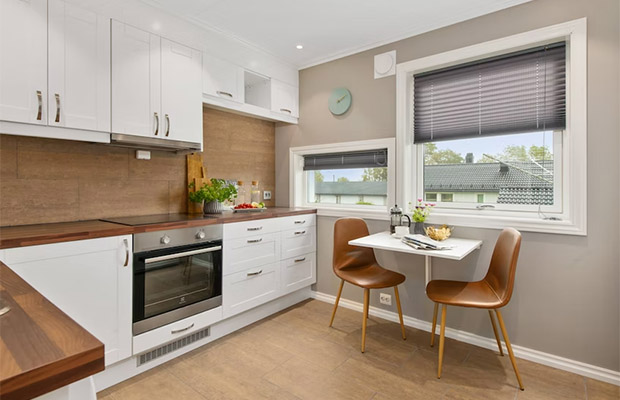
Table of Contents
How To Remove Kitchen Cabinets?
Step 1: Tidy And Remove Cabinet Doors
To start, remove everything from the cabinets and set the contents aside in order to make your life as simple as possible.
Your cabinets will become lighter and simpler to handle if the doors are removed. Simply find the screws and hinges that are holding the hinges in place. Remove the screws, gently pull the door away, and set it aside.
Step 2: Loosen Screws
Cabinets may be joined together using small screws in some cases. To disassemble each cabinet separately, you should loosen and remove these screws. Modern cabinets are more likely to be attached to one another because they typically have a modular design. It would be challenging to remove them all at once because you would have to support the weight of each cabinet. Due to older cabinets’ unified design, this is occasionally unavoidable.
Step 3: Unmount Cabinets From The Wall
For your cabinet to come away from the wall, we’ll need to remove additional screws and sealant in the subsequent steps. As a result, we advise having another person hold the cabinet to prevent it from falling.
Typically, cabinets are attached to the wall using one of two methods: screws or glue.
With a screwdriver or power drill, you can remove the screws holding your cabinets in place if they are.
There will frequently be a sealant around the cabinets that work with screws to keep them in place.
Run a utility knife down the sealant to remove the glue and caulk that makes up this material in most cases. To fully remove the cabinet from the wall, you may need a small crowbar. In case you come across any sharp debris, we advise wearing work gloves and safety glasses.
If your cabinet is glued in place, you will need to use a wedge or crowbar to remove it. To pry the cabinet away, try jamming a wedge between it and the wall.
Your cabinets might also be secured by a trim, which can typically be removed by exerting some force with a crowbar or wedge.
Step 4: Pull Cabinets Away From The Wall
Your cabinet should be able to be completely pulled away from the wall and moved out of the way now that it is no longer attached to the wall by anything. From here, you just need to remove the remaining cabinets by repeating the process.
How To Remove Kitchen Cabinets For Reuse?
You’ll be able to remove yours from the wall, upgrade them as you see fit, and then reinstall them and use them in your kitchen by following the aforementioned instructions without causing any damage to the individual units. You can either paint your kitchen cabinets or finish them with a different stain. Naturally, it depends on the type and style of kitchen cabinets you’re using, as well as your financial situation and DIY propensity.
How To Remove Glued Kitchen Cabinets?
If you’re removing kitchen cabinets from the wall and they don’t come loose after you take the last screw out, you might discover that they were installed with glue as well as screws.
‘If this is the case, you might need crowbars or other tools to remove them from the wall, and you’ll definitely need people nearby to help catch them when they finally come loose, says Leonard Ang.
The Bottom Line
The doors and drawers are the simplest places to begin when removing a kitchen. The door hinges can be taken off with a screwdriver and stored. After that, take the units’ interior hinges off. If you intend to reuse them later, place them in a bag with the screws.
The best strategy is to take out one outdated unit at a time and replace it with a new one as you go if you intend to remove kitchen cabinets from beneath your worktop.
Start right away; you’ll see that removing kitchen cabinets is not a difficult task.
Read More: How to Clean Sticky Wood Kitchen Cabinets?




